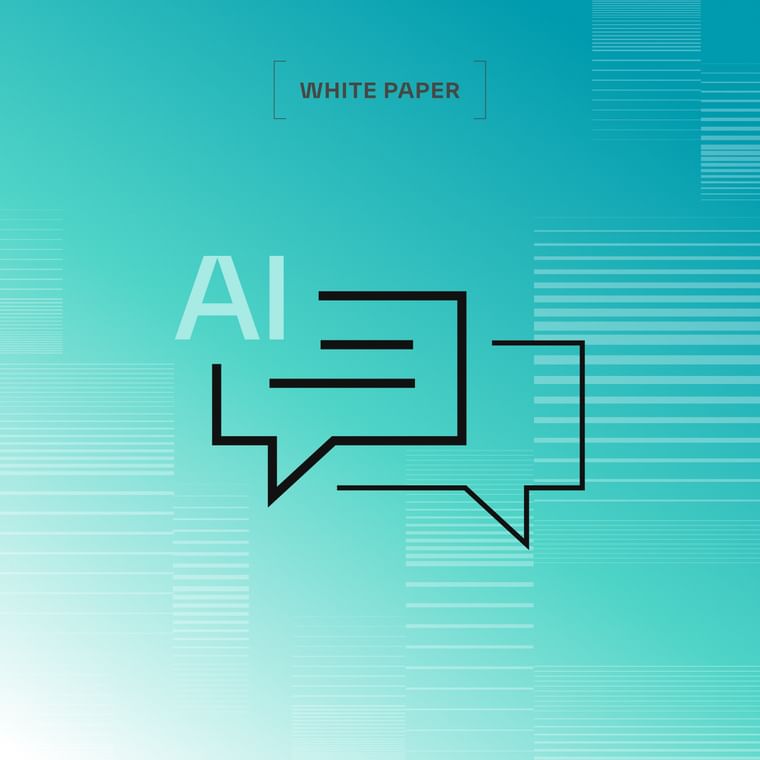Generative AI attacks leverage machine learning models to create personalized, contextually accurate content at scale, while traditional phishing relies on templates and manual customization. AI-generated attacks can mimic specific writing styles, reference authentic organizational context, and adapt their content to target responses, making them significantly more convincing and more challenging to detect through conventional security awareness training.
Generative AI Attacks
What Are Generative AI Attacks?
Threat actors now use generative AI models to create, enhance, and automate malicious activities against organizations at unprecedented scale and sophistication. These attacks represent a fundamental shift from traditional cyberthreat methods by enabling threat actors to scale sophisticated operations that previously required significant human expertise and time investment.
The emergence of generative AI attacks reflects the democratization of advanced attack capabilities, enabling previously resource-intensive operations to be automated and executed at scale. This evolution has prompted federal agencies to develop specialized guidance, which adapts existing cybersecurity standards to address unique vulnerabilities in AI-enabled threat environments.
How Generative AI Attacks Work
Generative AI attacks automate and enhance traditional cyberthreat techniques across multiple attack vectors using machine learning models. Threat actors prompt AI systems to generate convincing content, code, or communications that bypass traditional security controls through sophisticated behavioral mimicry and contextual awareness.
The attack process typically unfolds through these key components:
Content Generation: Threat actors prompt AI models to create grammatically perfect, contextually aware phishing attack campaigns emails, synthetic media, or fake documentation that mimics legitimate communications
Behavioral Mimicry: AI systems analyze target communication patterns to generate highly personalized attack content that reflects authentic writing styles and organizational context
Scale Automation: Generative AI enables simultaneous execution of personalized attacks across thousands of targets, removing human bottlenecks from sophisticated social engineering campaigns
Evasion Adaptation: AI models continuously modify attack content to evade signature-based detection systems, creating polymorphic threats that adapt to security responses
Understanding this process matters because generative AI fundamentally changes the economics of sophisticated attacks, enabling threat actors to execute complex operations with minimal human resources while achieving unprecedented personalization and scale.
Types of Generative AI Attacks
Cybersecurity researchers have identified five primary categories of operational generative AI attacks that threat actors currently deploy against organizations.
AI-Enhanced Social Engineering Operations
Threat actors leverage generative AI to create highly personalized phishing campaigns and fraudulent communications. Generative AI models can enable attackers to craft grammatically perfect, contextually aware, and highly personalized phishing emails in minutes: a task that previously required human experts hours to complete.
Deepfake-Based Attacks
Threat actors deploy AI-generated synthetic media to impersonate trusted individuals in high-stakes fraud operations. For instance, there is an increased use of generative AI and deepfake videos to impersonate trusted contacts.
Voice Synthesis and Vishing Attacks
Voice synthesis and vishing attacks use AI-generated voice synthesis to create convincing audio impersonations for phone-based fraud and social engineering operations.
Detecting Generative AI Attacks
Organizations must implement specialized detection capabilities that account for the unique characteristics of AI-generated attack content, as traditional signature-based security controls often fail to identify these dynamic, adaptive threats.
Security teams should monitor for these key indicators:
Behavioral analysis that identifies subtle inconsistencies in AI-generated content, such as unnatural language patterns or contextual anomalies that deviate from authentic communications
Technical detection that focuses on identifying synthetic media artifacts, analyzing communication metadata for automation signatures, and monitoring for unusual scaling patterns in attack campaigns
Advanced detection tools that integrate machine learning models specifically trained to identify AI-generated content, including deepfake detection systems, synthetic text analysis platforms, and behavioral anomaly detection systems
Continuous monitoring for account compromise indicators, unusual authorization requests, and communication pattern changes that may indicate AI-enhanced social engineering operations targeting specific individuals or departments
How to Prevent Generative AI Attacks
Cybersecurity professionals can implement multi-layered defense strategies that address both technical vulnerabilities and human factors in AI-enhanced threat environments through these approaches:
Deploy comprehensive user awareness training focused specifically on AI-generated threat recognition
Implement zero-trust verification protocols for high-risk transactions, requiring multi-factor authentication and out-of-band confirmation
Establish behavioral monitoring systems that detect unusual communication patterns, unexpected scaling in social engineering attempts, and coordinated inauthentic activity across multiple channels
Integrate AI-specific security controls within existing frameworks
Deploy data integrity protection mechanisms
To strengthen your defenses against generative AI attacks with Abnormal, book a demo.


